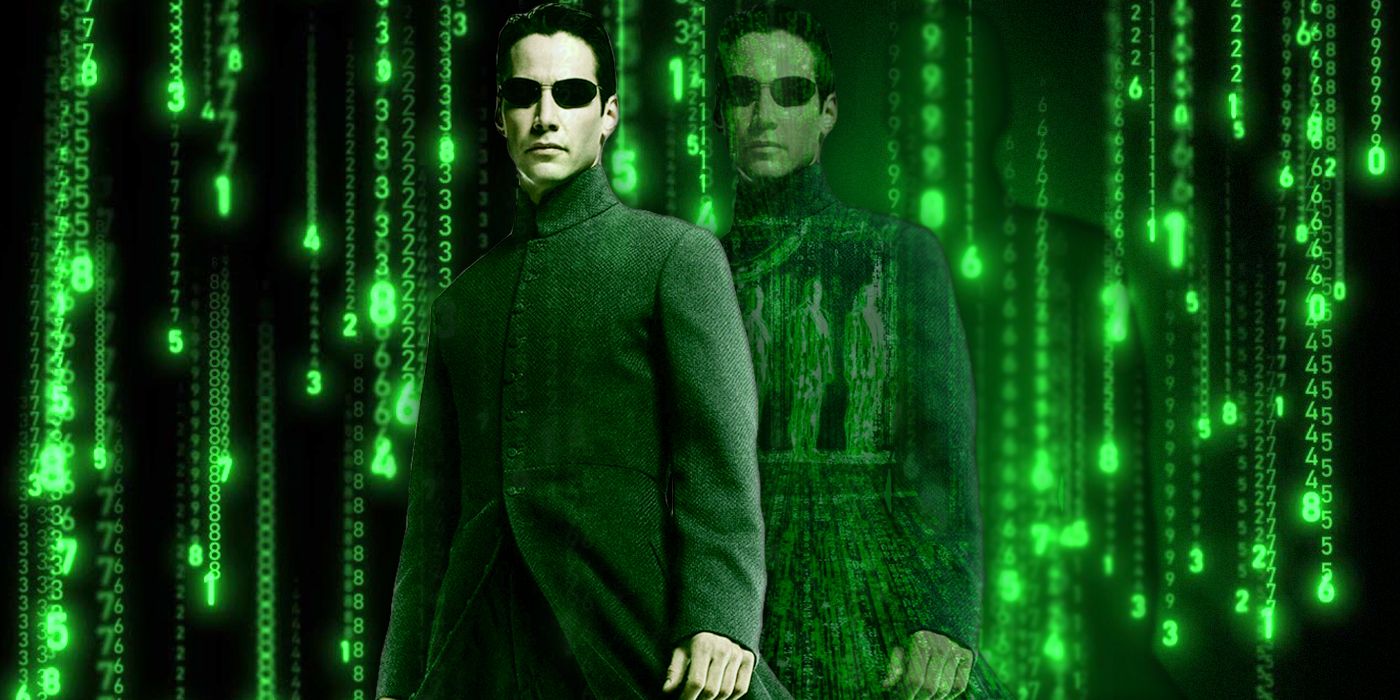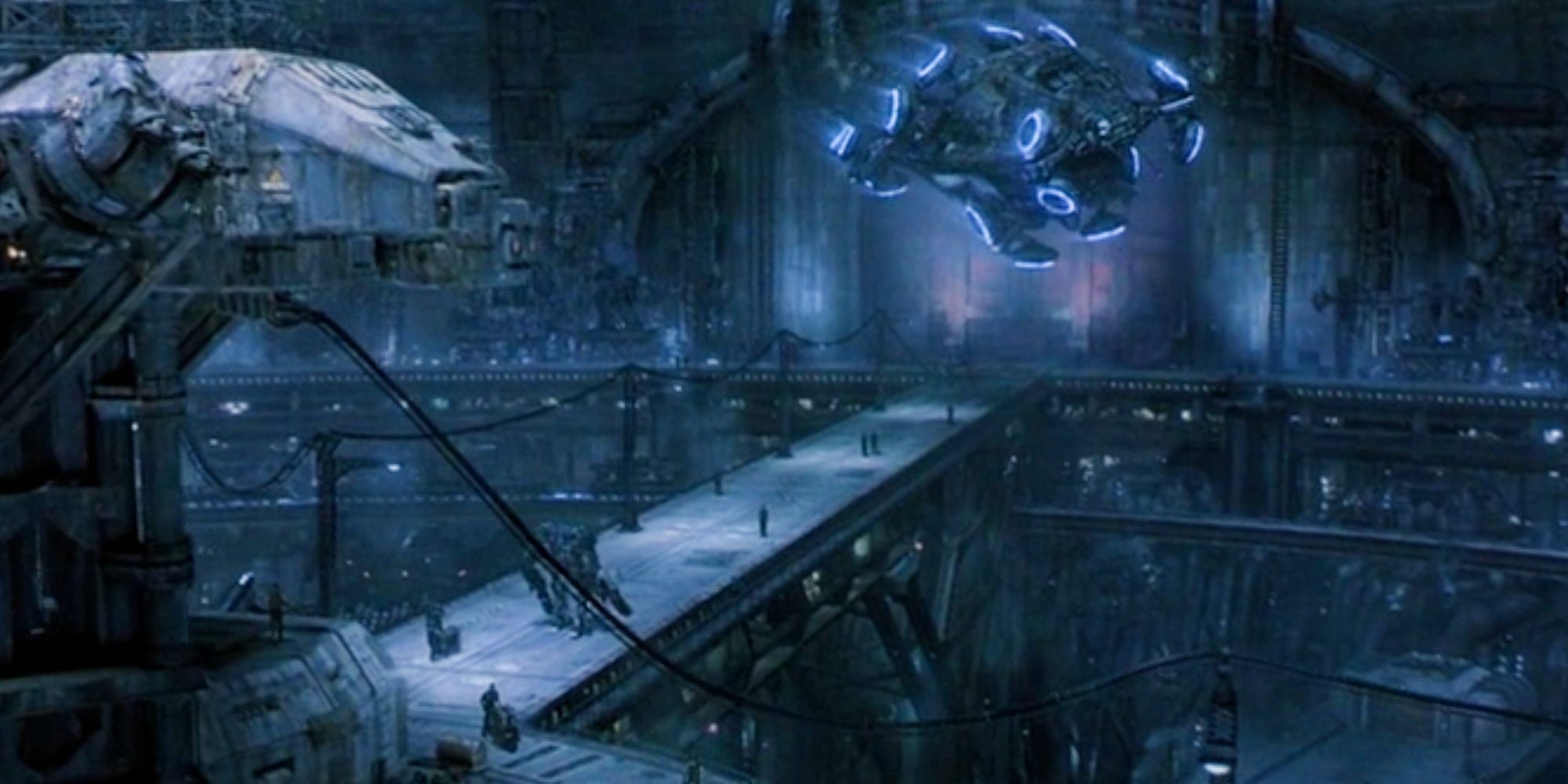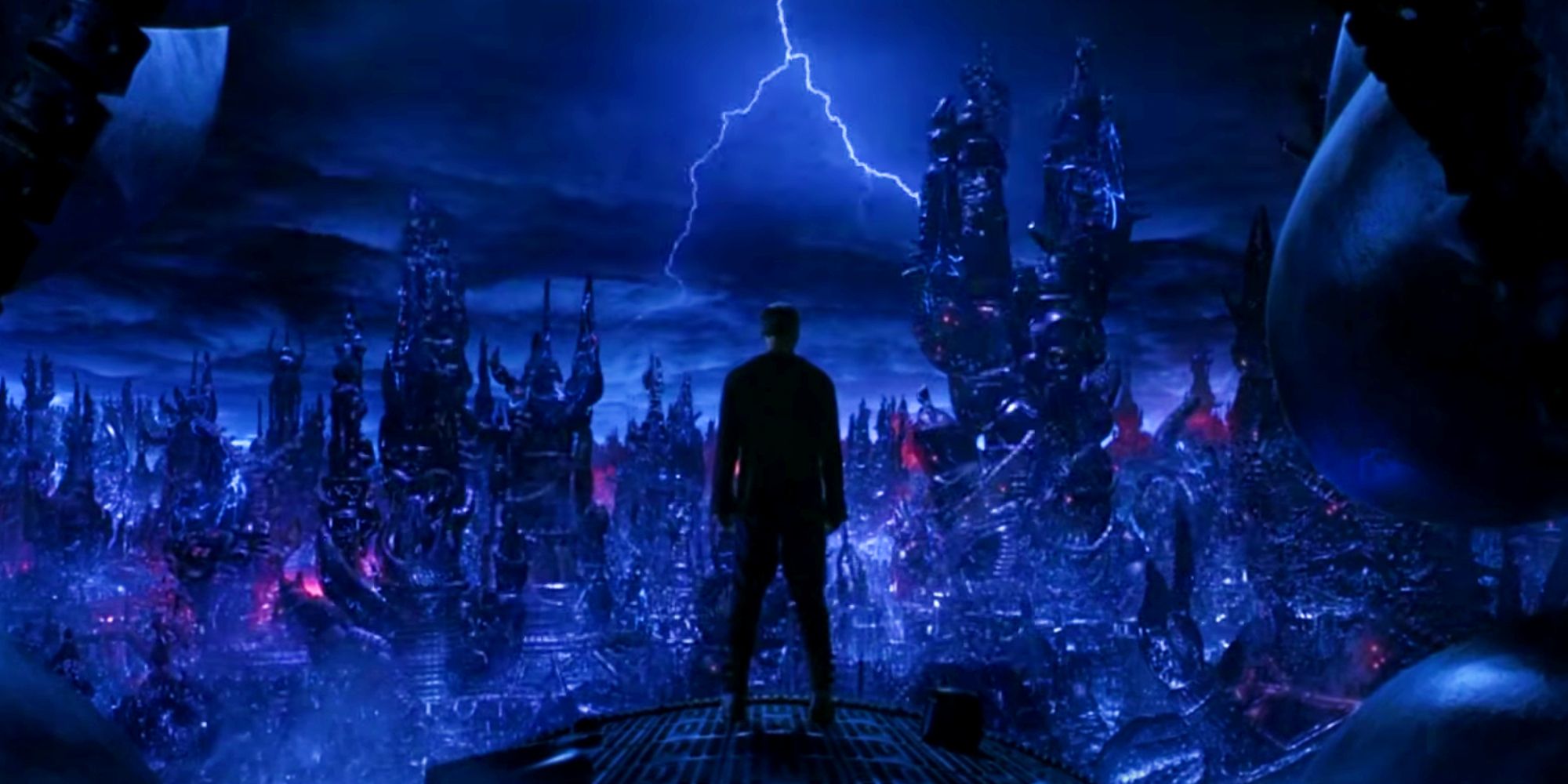When The Matrix Reloaded, the sequel to the classic film The Matrix, was released, it drew mixed reactions from critics and fans alike. Criticism was aimed at the story and visual effects, including a few seemingly head-scratching mistakes related to the mechanics of the Matrix itself. While discussion of the franchise has died down in the many years since the franchise's last movie came out in 2003, one theory that emerged at the time had a vast amount of potential -- and it could make its way into the forthcoming Matrix 4.
The fan proposal in question first arose as a response to two confusing developments in Reloaded. The first was how Agent Smith was able to possess Bane outside of the Matrix despite technically being a computer program, and the second focused on Neo's ability to use his telekinetic powers, previously thought to be a product of his ability to bend the rules of the Matrix, in the real world. Where the first film seemingly established strong boundaries between the real world and the simulation of the Matrix, the details now seemed to blur together.
While the original source of the theory is difficult to locate, at some point someone proposed that Zion and the "real world" may have been just another layer of the Matrix. This "Matrix in a Matrix" theory suggested that the machines implemented the system to give the more rebellious minds an outlet to believe they were fighting to save humanity when in fact they had never "woken up" at all.
This would explain the previously mentioned issues surrounding Agent Smith's possession and Neo's telekinesis. Since neither was truly in the real world, Smith would simply be transferring himself from one simulation to another, much like Neo was still in a digital reality and therefore able to bend it to his will. Many fans argued against its plausibility for various reasons, but it nevertheless found acceptance among a significant number of others.
Ultimately, the idea was never incorporated into the original trilogy's final film, The Matrix: Revolutions, although it was never expressly disproven either. In fact, more fuel was added to the fire when the film depicted Neo overcoming his blindness by being able to "see" the machines, much like he saw the code in the standard Matrix. After remaining dormant for almost two decades, there's now a chance this theory may somehow be used, or at least acknowledged, in the upcoming fourth Matrix film, and there are several reasons it could be plausible.
For one, the original trilogy's conflict has mostly been solved, as humanity and the machines managed to broker peace at the end of Revolutions. In its place, a new and different conflict is needed to keep the story interesting and fresh; revealing that the real world is a simulation would open up brand-new possibilities for the story to explore. The concept also fits well with the ideas that inspired the original film. Jean Baudrillard's Simulacra and Simulation -- which the writers and directors, the Wachowskis forced the entire cast to read -- focuses primarily on humanity's inability to see the world for what it really is, a perfect analogy for both the Matrix itself and the "Matrix in a Matrix" theory.
Details on The Matrix 4 remain few and far between, and much could still change between now and its release date. If this theory is included in the new film, it could certainly prove to be a controversial choice as even the mere suggestion sparked significant debate on fan forums when it was first suggested. Still, it's difficult to argue there would be a better way to both shock audiences and continue the series' philosophical tradition than to finally make use of this fan-favorite theory.
Directed by Lana Wachowski, Matrix 4 stars Keanu Reeves, Carrie-Anne Moss, Jada Pinkett Smith, Yahya Abdul-Mateen II, Neil Patrick Harris, Jessica Henwick and Jonathan Groff. The film arrives in theaters and on HBO Max Dec. 22.



